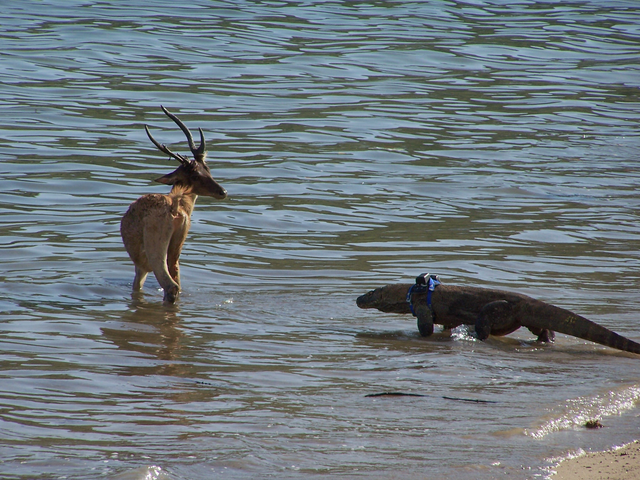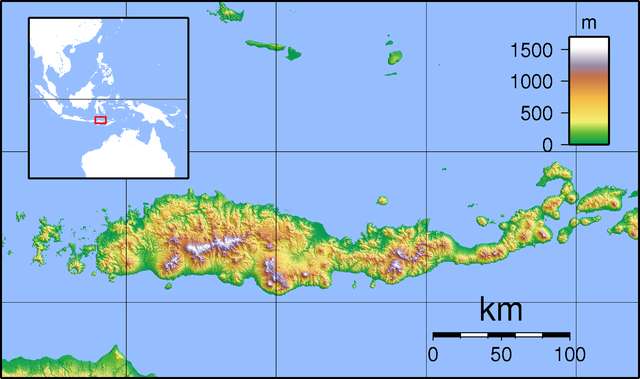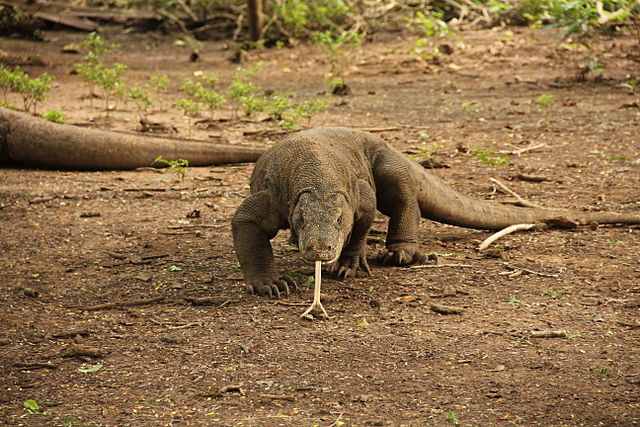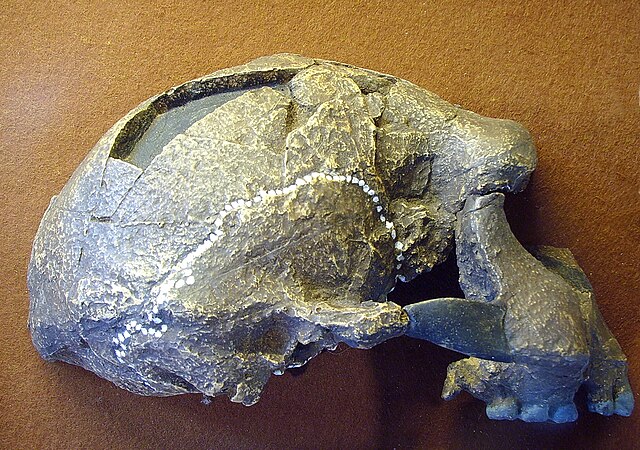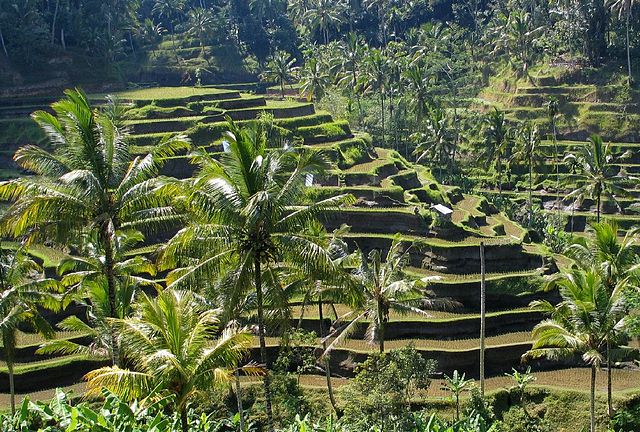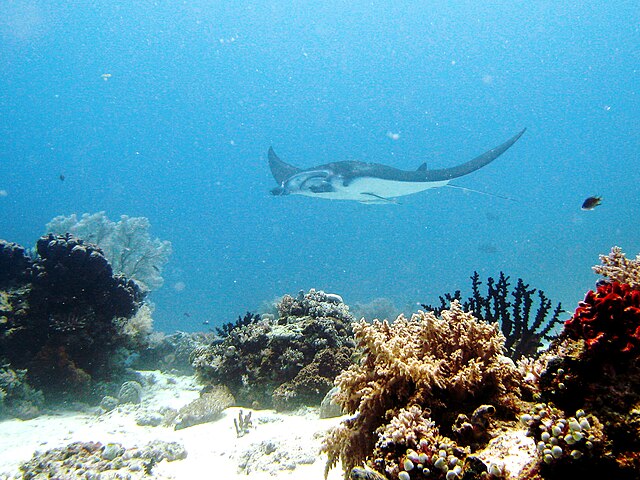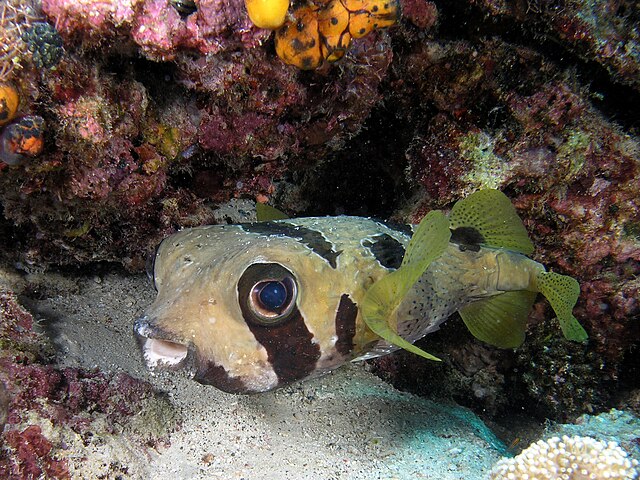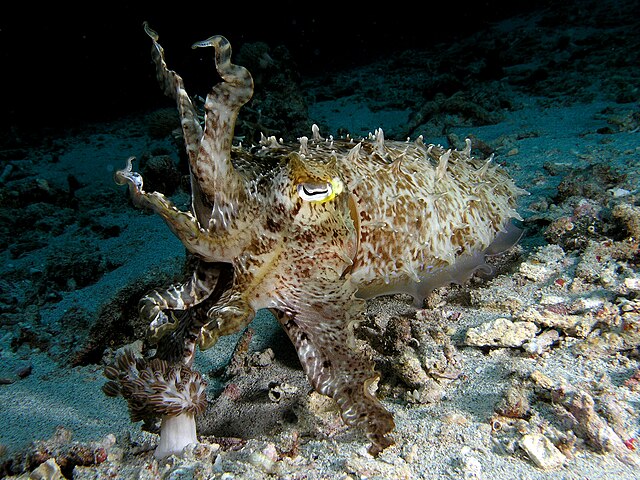Parque Nacional de Komodo (Taman Nasional Komodo)
O Parque Nacional de Komodo, em Tenggara, na Indonésia, foi estabelecido pelo governo da Indonésia em 1980, com o objectivo de proteger o habitat do dragão-de-komodo, assim como para preservar as florestas e os recifes de coral.
No parque habitam variadas espécies para além do dragão-de-komodo, como por exemplo o veado-de-timor. O parque tem também um dos mais ricos ambientes marinhos, incluindo recifes de coral, mangues, mantas de ervas marinhas, montes submarinos e baías semi-fechadas. Estes habitats abrigam mais de 1000 espécies de peixes, mais de 260 espécies de corais, e 70 espécies de esponjas. Dugongos, tubarões, jamantas, pelo menos 14 espécies de baleias, golfinhos e tartarugas marinhas também fazem do Parque Nacional de Komodo a sua casa.
Foi declarado Património Mundial da Unesco em 1991.
Links
Images Gallery
Comments
-
For me, going to Komodo National Park, the home of the Komodo Dragons is one of my “must-see-once-in-a-lifetime” obsession. When I finally came face to face with the giant lizard, the heaviest lizard on earth, I was so thrill. The rangers, who accompanied us even let my husband took a picture of me behind one of the komodo. Even so, I was fully aware that komodo was a wild and very dangerous animal. Won’t do that again in the future.
a month ago -
Beautiful places. This places offer you a experience to explore komodo area with a ship for around 3 day. So you can feel how sleep, eat etc at the ship. The landscape was beautiful and the komodo dragon was awesome. Carefull not to close with them. You only have that experience here in komodo.
a month ago -
One of the best National Park in Indonesia which offer the only Komodo dragon experience. The park rangers are very friendly and informational. You have to have transportation to this island, normally with group tours or if you use live on board sailing boat tour will have option to get here. Tour with guides will last about 40 minutes which includes some photo shoot session in front of Komodo dragon you'll find along the way. Beware to follow park ranger instructions on the guided tour in the island.
7 months ago -
-
Probably the most disappointing part of the day trip. Only 2-3 sleepy Komodo dragons, the best part is the Padar island view. And definitely go during week days, weekends to much crowd
2 months ago -
Komodo National Park is a nature reserve made up of three large volcanic islands in the Indonesian archipelago: Komodo, Rinca and Padar, as well as other smaller islets that accompany them. The safest route to Komodo National Park requires a flight to the Indonesian island of Bali, possibly from the capital, Jakarta, or a neighbouring country. Once in Bali you can take another local flight to Labuan Bajo, the main transport hub for the entire island of Komodo. There you will have air, sea and land options to access the park. Climate distribution depends on the monsoons and altitude, however: the island experiences 8 months of extreme drought and only a few months of seasonal rainfall.
5 months ago -
Welcome to Komodo National Park, founded in 1980 to protect the Komodo dragon — a monitor lizard that evolved in this insular environment to be much larger-scale than its fellows. Found only on the islands we see here — Komodo and Padar — and a handful of others nearby, it's the biggest lizard walking the Earth today. Not only walking but sprinting. Since adult Komodo dragons often prey on swift Timor deer, you'll sometimes see a dragon in a dead sprint after its would-be dinner, reaching up to 13 miles (21 kilometres) an hour.
5 months ago -
Excited to finally saw the komodo dragon with my own eyes. The national park is not clean, but pretty views in the beach.
4 months ago







